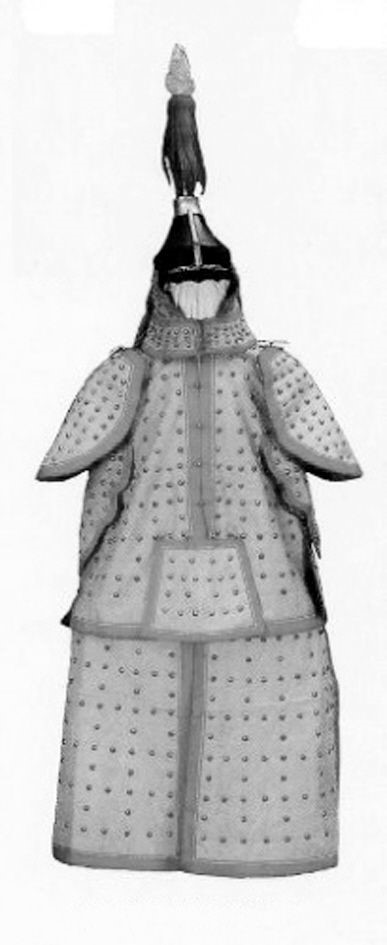Quilt sparks further controversy
 0 Comment(s)
0 Comment(s) Print
Print E-mail
Shanghai Daily, August 14, 2011
E-mail
Shanghai Daily, August 14, 2011
 |
|
The quilt was made from the silk and cotton from suits of armor worn by imperial guards in the Qing Dynasty (1644-1911) that were sold by the Beijing museum to staff in the 1970s. |
A silk quilt that was on show in Shanghai last year is at the center of the latest controversy involving Beijing's Palace Museum.
A microblog entry about the item by Cui Jinsheng, a cultural researcher and writer, caused a public outcry earlier this week.
The quilt was made from the silk and cotton from suits of armor worn by imperial guards in the Qing Dynasty (1644-1911) that were sold by the Beijing museum to staff in the 1970s.
The quilt was presented to the Shanghai Heng Yuan Xiang Art Museum by a former Palace Museum official in April 2010 and was on display during the World Expo from May to October.
Cao Jinglou, former deputy director of the Beijing museum's security department, said he bought 10 suits of armor for 5 yuan (78 US cents) from the Palace Museum in 1973 and made the silk and cotton layers into the quilt, a press officer for the Shanghai museum said yesterday.
The armor, dating from 1786, was made of tough cowhide while a layer of silk and cotton helped keep out the cold.
"The armor should be national property. How could the museum sell them to staff?" one blogger said.
Liang Jinsheng, another former official with the Palace Museum, told the Southern Weekend newspaper that one similar suit of armor fetched 115,000 yuan at an auction in 2008.
Cao told the Shanghai museum that the materials, workmanship and style of the armor were of the highest level in China at that time.
The press officer said: "The museum invited the local quality inspection authority to check the quilt who said it was made with 100 percent silk and high quality cotton that was rare nowadays."
Senior officials at the Palace Museum decided to sell 3,000 suits of armor at 5 jiao each to its 600 staff in 1973 during the "cultural revolution" (1966-1976) when cotton and clothing were in short supply, Cao said. "He told us some staff like him made the armor into quilts, while most others sold them to recycling centers," the press officer said.
Another 1,000 suits were sent to the Beijing August First Film Studio.
The Forbidden City had more than 20,000 imperial guards in the Qing Dynasty and the Palace Museum owned about 20,000 such suits of armor. The other 16,000 suits are kept in the Palace Museum, according to Cao.
While there were many online comments criticizing the decision to sell the armor, some argued it was understandable during the tumult of the "cultural revolution."
"Many more valuable bronze wares were recycled for steel making during that period, let alone some armor," Beijing scholar Zhang Mingzhuo said.
No one at the Palace Museum was available for comment yesterday.
The museum was in hot water recently after it damaged a precious porcelain plate. It is also busying rejecting allegations of damage to an antique folding screen and paying 100,000 yuan to cover up an embezzlement scam involving its security guards and tour guides.






Go to Forum >>0 Comment(s)